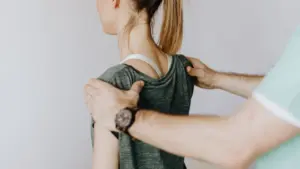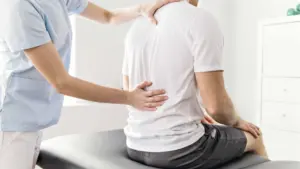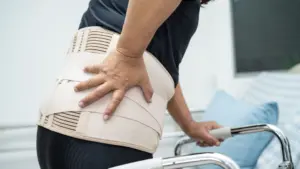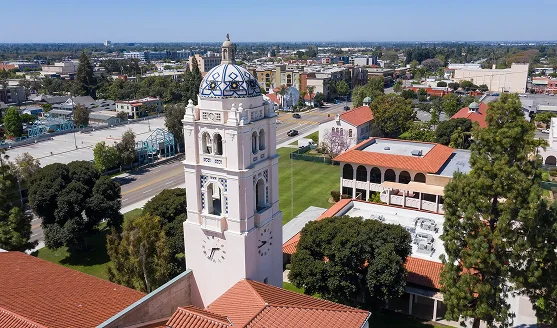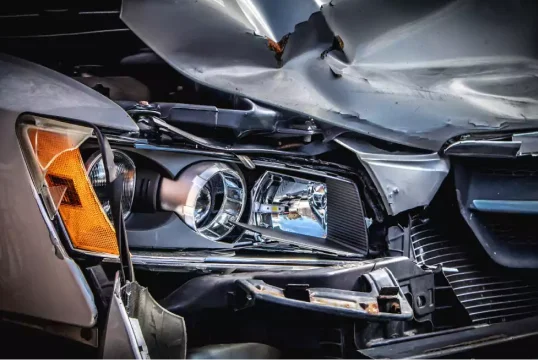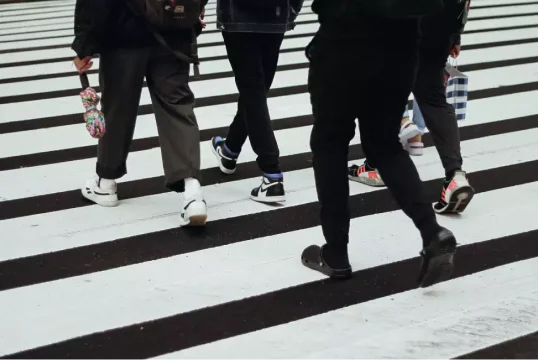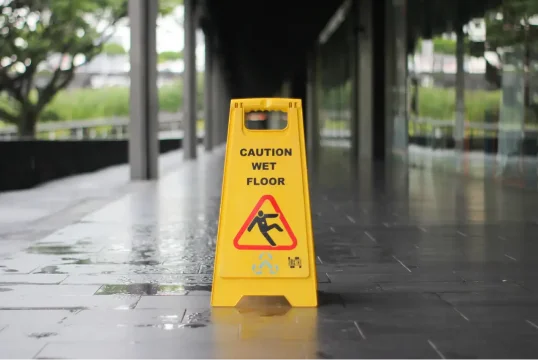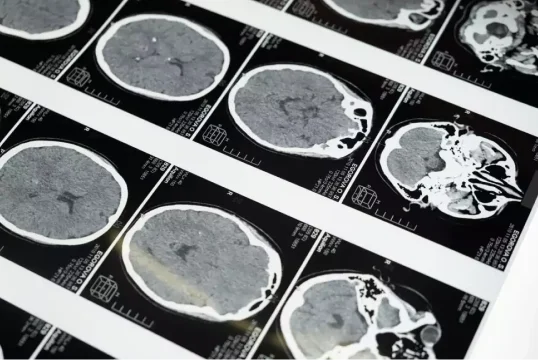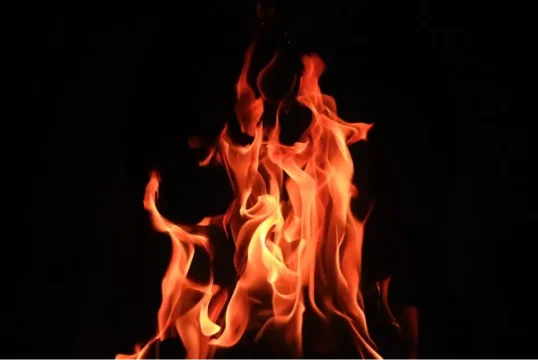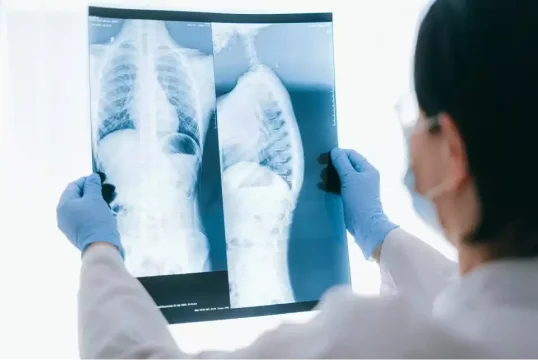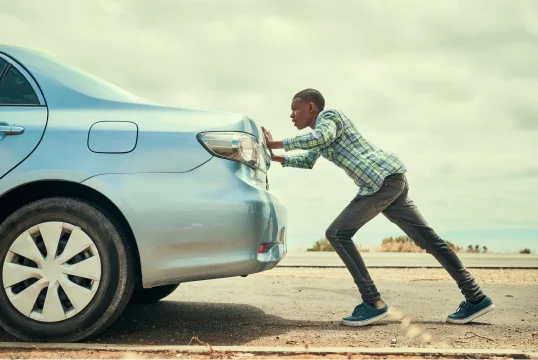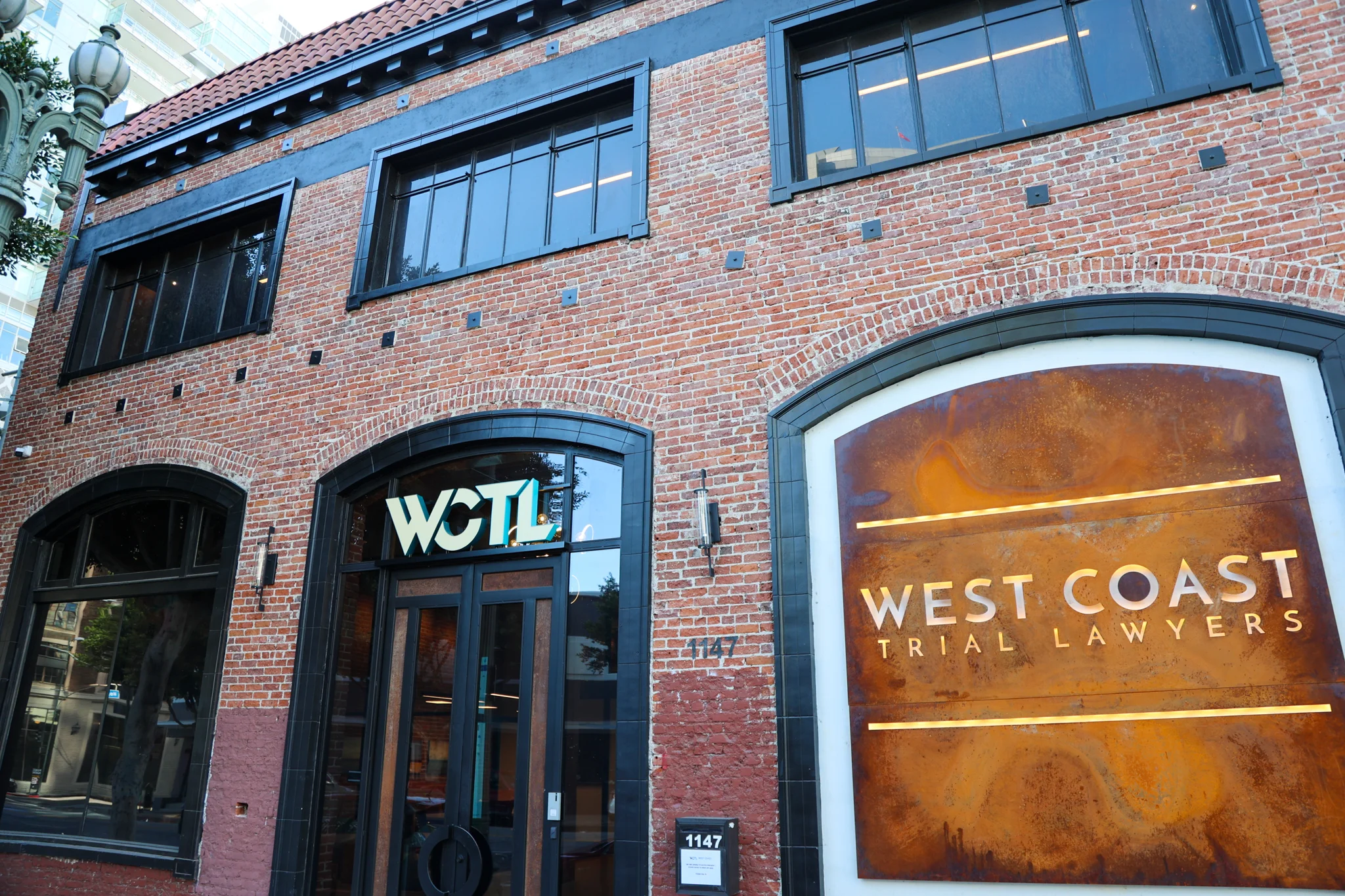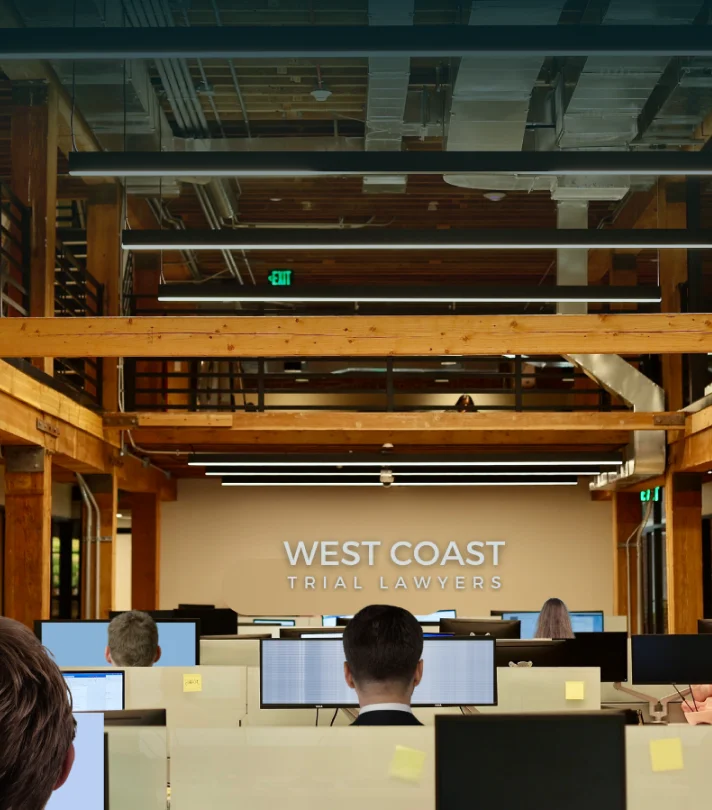Spinal cord injuries are some of the scariest types of injury a person could receive in an accident. The National Spinal Cord Injury Statistical Center has reported in a fact and figure report that an average of 302,000 people in the country are currently living with a severe spinal cord injury. While the origin of spine injuries will vary from person to person, there are a number of possible accidents a spinal injury can originate from.
Traffic accidents, bicycle accidents, and pedestrian accidents are all incidents where a victim can sustain a spinal injury. While the severity of the injury can vary from a case by case scenario, if you or a loved one have sustained injuries from it, you may be eligible to receive compensation for your damages.
At West Coast Trial Lawyers, our attorneys are ready to take on your case and serve as your personal representative. We are a personal injury law firm with over 20 years of experience, and our team of attorneys are confident that they can get you the maximum compensation you deserve for your losses. We have recovered over $1.7 billion in financial compensation to our clients, and our team of attorneys handle every case with the utmost care and respect that it deserves. As such, should you have any questions or concerns regarding your case, our legal team is available 24/7 to address them in full detail
We run on a contingency-fee basis, meaning you pay no fees until you win. To schedule a FREE consultation, you can get in touch with us by calling us at (213) 927-3700 or by filling out our quick online contact form.
What Is Considered a Traumatic Spinal Cord Injury?
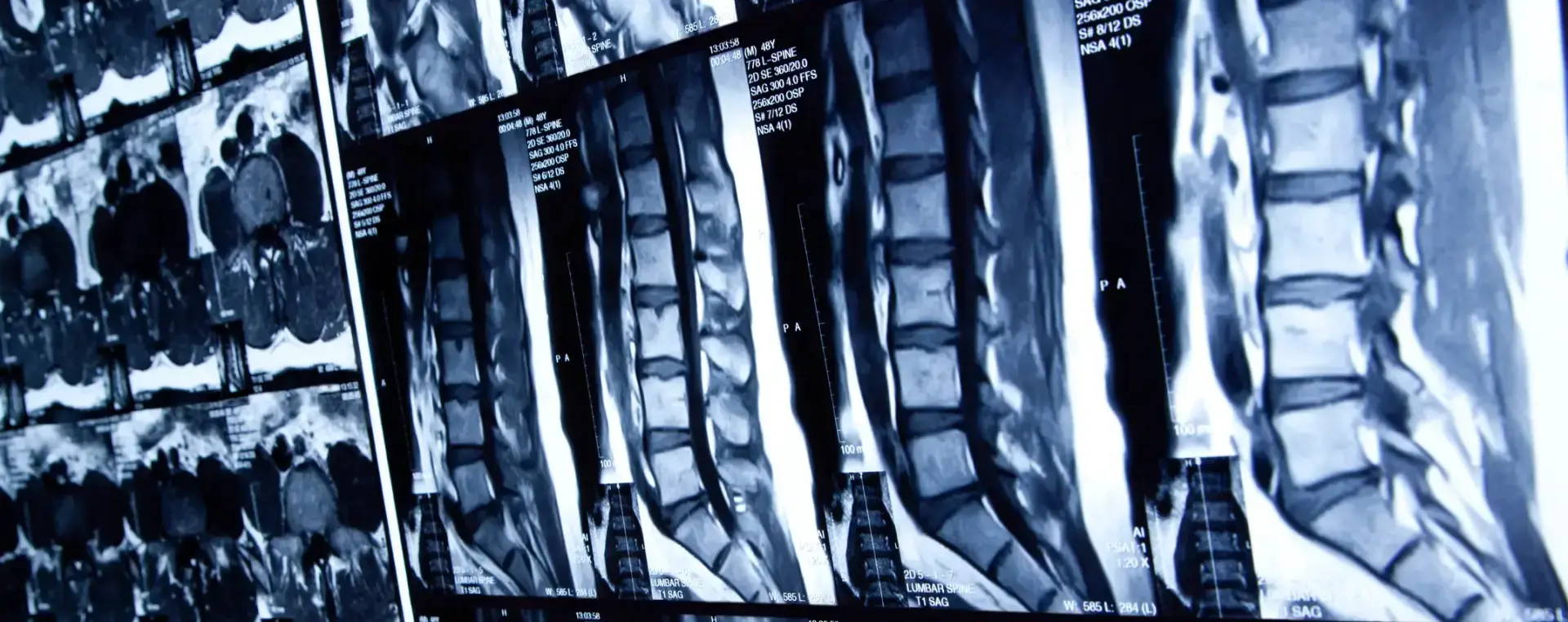
A traumatic spinal cord injury is referred to as the damage to the spine and/or the bundle of nerves and nerve fibers that sends and receives signals from the brain. While the severity of the injury will vary on a case-by-case basis, the chances of sustaining permanent injuries is significantly high due to the spine’s inability to absorb an excessive amount of pressure and impact force. However, most spinal cord injuries can be categorized either into one of two categories: Complete and Incomplete.
Complete Spinal Cord Injury
A complete injury is when an accident has completely severed the nerve connections from the spine to the brain and, as a result, there is a complete loss of muscle control and feeling. This classification is the worst kind of spinal cord injury victims can face, because complete injuries are permanent and the chances of recovering from one are extremely rare and very costly.
Incomplete Spinal Cord Injury
An incomplete spinal cord injury is when the spinal cord has lost some nerve connections, but it is still able to send partial messages and commands from the brain to the rest of the body. Depending on the location and severity of the injury, those who have suffered incomplete spinal cord injuries would lose control and feeling on certain body parts and organs. In terms of recovery, spinal cord injury victims have a better chance at recovery compared to those with complete injuries.
Types of Spinal Cord Injuries
The spinal cord consists of four distinct areas: cervical, thoracic, lumbar, and sacral. As each section of the spine is responsible for sending and receiving signals, getting injured in one section may either affect that one or affect the others by cause. By understanding each section of the spine, you can properly assess the extent of the damage and how much compensation you can recover from those responsible.
Cervical
The cervical section of the spine is located at the very top of the spinal cord. This section comprises seven vertebrae (C-1 to C-7) and serves as the first and main connection hub that sends signals from the brain to the rest of the body. As such, symptoms of a cervical injury include tetraplegia, paraplegia, absent feeling below the neck and shoulders, loss of control of the bladder or bowel, spasms, back or neck pain, difficulty breathing, loss of movement, and loss of sensation.
Thoracic
The thoracic section is located right underneath the cervical section, taking up the upper half of the spine and consisting of twelve vertebrae (T-1 to T-12). The T-1 to T-5 section is responsible for the muscles, abdominal muscles, mid-back, and upper chest. Meanwhile, the T-6 to T-12 section is responsible for the back and abdominal muscles. As such, any injury to this section may result in a loss of sensation, loss of control of the bladder or bowel, fever, back pain, and paraplegia.
Lumbar
The lumbar spine is located right below the thoracic vertebrae and includes five vertebrae (L-1 to L-5). If you injure your lumbar spinal cord, you may experience loss of function around the hips and legs, loss of control of the bladder or bowel, sexual dysfunction, and paraplegia. In some of the most severe cases, victims may lose all control and feeling in their lower half and become paraplegic, which can accrue a variety of future medical treatment costs.
Sacral
This is found in the lowest area of the spine and the sacral section has five bones combined together that form triangular-shaped nerves (S-1 to S-5). This section of the spine sends and receives signals to parts of the leg muscles such as the thighs, feet, and even the muscles surrounding the bladder. Should anyone receive any serious injuries to this section of the spine, it may result in a loss of motor functions in your legs, feet, and some of your organs around the pelvic area.
How Much Does It Cost to Treat Spinal Cord Injury?
The average cost of treating a spinal cord injury will vary depending on its severity, because paralysis of any kind will dramatically increase the cost due to the amount of surgery, treatment, physical therapy, and quality of life adjustment required. With that in mind, any non-permanent damage to the spine can average anywhere within the four to five figure range, however, paralysis of any kind will automatically cost anywhere between the five to six figure range.
How Much Does a Spinal Cord Injury Attorney Charge?
Spinal cord injury lawyers typically charge a contingency fee only if they either win their case or receive a settlement offer from opposing counsel. The fee will range anywhere between 25%-40%, but most attorneys would average around 33%. However, this fee will vary based on the complexity of the case and the attorney’s experience, but accident victims should be able to negotiate this fee through their initial consultation.
West Coast Trial Lawyers Is Here to Help
If you experienced a spinal cord injury due to the negligent actions of another, you may be eligible for compensation. At West Coast Trial Lawyers, our spinal cord injury lawyers are ready to represent you during this stressful time in your life. With over 20 years of legal experience, our team of attorneys are well versed in the California court system and they are confident that they can recover the compensation you deserve.
We have recovered over $1.7 billion in financial compensation for our clients and we will continue to fight for them so they won’t be stuck with costly medical expenses. No matter what kind of spinal cord injury you have sustained, our team of lawyers will fight for you and will be there every step of the way.
We run on a contingency-fee basis, meaning you pay no fees until you win. To schedule a FREE consultation, you can get in touch with us by calling us at (213) 927-3700 or by filling out our quick online contact form.

